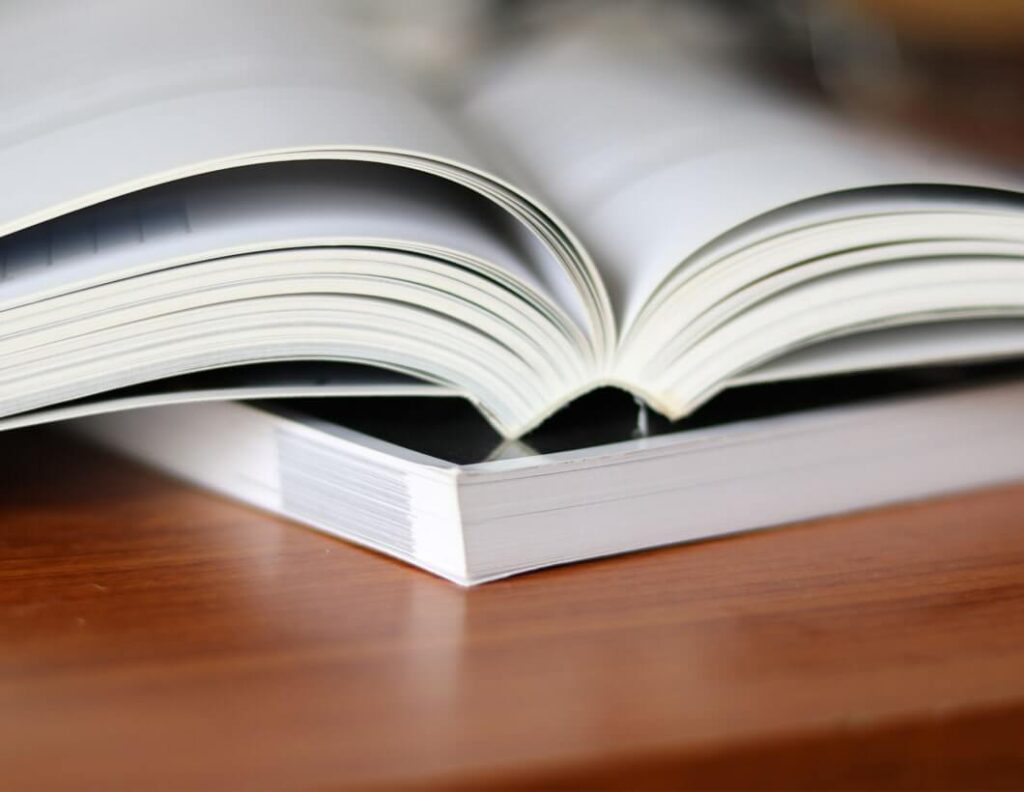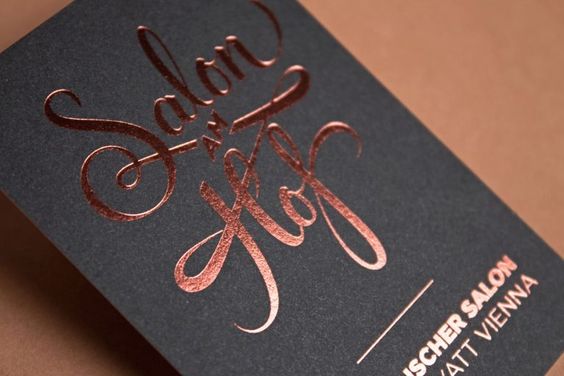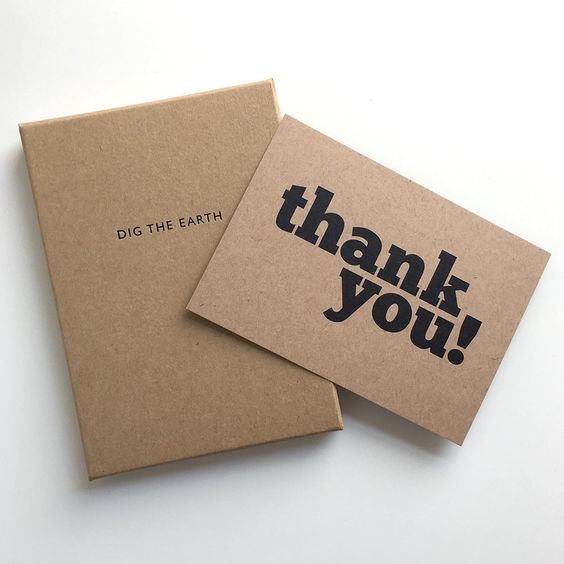Introduction
Softcover books, also known as paperback books, have long been favorites among readers and publishers due to their affordability and versatility. These books are characterized by their flexible covers, which are generally made of thick paper or cardstock and bound with a glue-based binding method. This format is popular for many publications, including novels, manuals, and reports. This comprehensive guide will delve into the essential aspects of softcover book printing, helping you understand the process and make informed decisions.

Advantages of Softcover Printing
Softcover book printing offers numerous advantages, making it an attractive option for authors and publishers. One of the primary benefits is the lower cost associated with printing softcovers compared to hardcovers. The materials and binding methods used for softcovers are less expensive, making it a cost-effective choice, especially for large print runs. Additionally, softcover books generally have a faster turnaround time in printing, allowing for quicker distribution and availability in the market.
Binding Options
Perfect Binding
Perfect binding is the most common binding method for softcover books. The pages and cover are glued together at the spine with a strong, flexible adhesive. The other three sides of the book are then trimmed to give it a clean, “perfect” edge. Perfect binding is ideal for books with a higher page count, providing durability and a professional appearance.
Saddle Stitching
Saddle stitching is a binding method for books with lower page counts, typically under 64 pages. This method involves folding the pages in half and stapling them along the fold line. Saddle-stitched books can lay flat when open, making them a great option for booklets, brochures, and short manuals.
Spiral Coil Binding
Spiral coil binding uses a plastic or metal coil to hold the pages together. This method is particularly useful for workbooks, manuals, and other publications that need to lay flat or be folded back on themselves. Spiral binding allows for easy page-turning and is durable, although it is not as commonly used for traditional softcover books.
Size and Format
Choosing the right size and format for your softcover book is crucial for aesthetics and functionality. Standard sizes for softcover books include:
- 5.5″ x 8.5″: Common for novels and fiction books.
- 6″ x 9″: Ideal for academic books and larger novels.
- 8.5″ x 11″: Often used for manuals, workbooks, and larger publications.
When selecting the size, consider the page count as well. Higher page counts may require a larger format to maintain readability and structural integrity.
Interior Pages
Paper Stock Choices
The choice of paper stock for the interior pages of your softcover book can significantly impact its look and feel. Common options include:
- Uncoated Paper: This paper has a natural, rough texture and is ideal for novels and books with a lot of text. It provides a classic, easy-to-read finish.
- Coated/Glossy Paper: This type of paper has a smooth finish and is often used for books with many images, such as art books, photo books, and cookbooks. The glossy paper enhances the vibrancy of colors and pictures.
Black & White vs. Color Interior Pages
Deciding whether to print your interior pages in black and white or color depends on the content of your book. Black and white printing is more economical and works well for text-heavy books. In contrast, color printing is ideal for books that include photographs, illustrations, charts, and other visual elements. Keep in mind that color printing will increase the overall cost of production.
Cover Options
Paper Stock for Covers
The cover of your softcover book is the first thing readers will see, so choosing the right paper stock is essential. Common options include:
- 10pt C1S: A sturdy, single-sided coated paper that provides durability and a professional finish. This is a popular choice for softcover book covers.
Cover Finishes
The finish of your book cover can enhance its appearance and protect it from wear and tear. Popular options include:
- Gloss Lamination: This finish provides a shiny, reflective surface that makes colors pop and adds a layer of protection against scratches and moisture.
- Matte Lamination: A non-reflective finish that gives your book a sophisticated, smooth feel. Matte covers are less prone to fingerprints and glare.
Design and File Preparation
Using Templates or Design Software
Creating a well-designed book requires careful planning and attention to detail. Many printing services offer templates that can help you format your book correctly. Alternatively, you can use design software like Adobe InDesign or Microsoft Word to create your layout.
Creating Print-Ready PDF Files
Once your design is complete, export it as a print-ready PDF file. Ensure all fonts are embedded, images are high resolution (at least 300 dpi), and the file includes bleed and trim marks.
Bleed and Trim Requirements
When preparing your files, it’s crucial to include bleed and trim areas to ensure that your design extends to the edge of the page after trimming. Typically, a bleed of 0.125 inches on all sides is recommended.
Printing Process
Short Digital Print Runs vs. Offset
The choice between digital and offset printing depends on your print run size and budget. Digital printing is cost-effective for short runs (usually under 500 copies) and offers quick turnaround times. Offset printing, while more expensive for small quantities, becomes more economical for larger print runs and provides superior print quality.
Turnaround Times
Turnaround times for softcover book printing vary depending on the printing method and the printer’s workload. Digital printing typically offers faster turnaround times, ranging from a few days to a week. Offset printing may take longer, especially for larger quantities, often requiring 2-4 weeks.
Costs and Pricing
Factors Affecting Cost
Several factors influence the cost of softcover book printing, including:
- Page Count: More pages increase the cost due to additional paper and binding requirements.
- Binding: Different binding methods come with varying costs.
- Paper Stock: Higher-quality paper stocks and finishes will raise the price.
- Color Printing: Printing in color is more expensive than printing in black and white.
Tina Hong Paper Printing Limited Company
Tina Hong Paper Printing Limited Company, founded in 2004 in Dongguan, Guangdong, China, is an O E M printing and packing manufacturer. Our plant Area Is More Than 15,000 Square Meters.
As a professional printing manufacturer, quality print and timely delivery are our Motto. For the Past Twenty-Two Years, We Have Been Fully Committed To Providing High-Quality Custom Printing Services and have assisted our clients with cost-effective solutions and product developments. Meanwhile, We Have Implemented Reliable Quality Management Systems That Adhere Strictly To International Standards.
Conclusion
Softcover book printing is a versatile and cost-effective option for many publications. By understanding the various aspects of the process, from binding and size options to interior page choices and cover finishes, you can make informed decisions that enhance the quality and appeal of your book. Whether you’re printing a novel, a manual, or a report, softcover books offer an excellent balance of durability, affordability, and aesthetic appeal.




